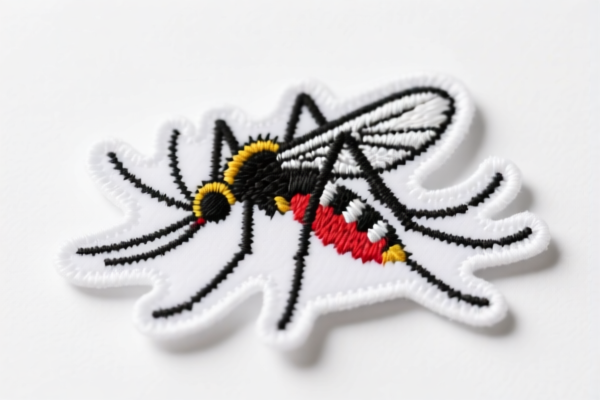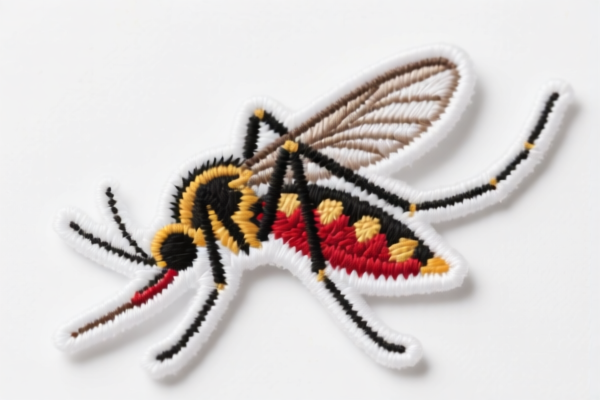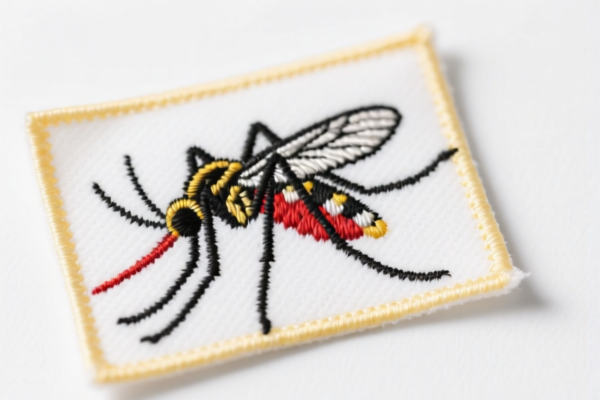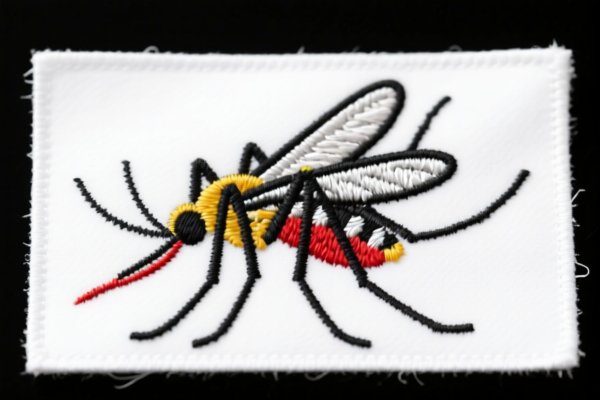| HS Code | Official Doc | Tariff Rate | Origin | Destination | Effective Date |
|---|---|---|---|---|---|
| 6306901000 | Doc | 33.5% | CN | US | 2025-05-12 |
| 6306905000 | Doc | 34.5% | CN | US | 2025-05-12 |
| 6304200020 | Doc | 43.3% | CN | US | 2025-05-12 |
| 6304200040 | Doc | 43.3% | CN | US | 2025-05-12 |
| 5608903000 | Doc | 60.0% | CN | US | 2025-05-12 |
| 5608901000 | Doc | 63.0% | CN | US | 2025-05-12 |
| 5609004000 | Doc | 58.9% | CN | US | 2025-05-12 |
| 5609001000 | Doc | 57.9% | CN | US | 2025-05-12 |
| 5907006000 | Doc | 55.0% | CN | US | 2025-05-12 |
| 5907008090 | Doc | 55.0% | CN | US | 2025-05-12 |
| 5911900080 | Doc | 58.8% | CN | US | 2025-05-12 |
| 5911900040 | Doc | 58.8% | CN | US | 2025-05-12 |
| 6114909070 | Doc | 35.6% | CN | US | 2025-05-12 |
| 6109100004 | Doc | 54.0% | CN | US | 2025-05-12 |
| 6109100012 | Doc | 54.0% | CN | US | 2025-05-12 |
| 3808911000 | Doc | 57.8% | CN | US | 2025-05-12 |
| 3808990800 | Doc | 61.5% | CN | US | 2025-05-12 |
| 3005101000 | Doc | 30.0% | CN | US | 2025-05-12 |
| 3005901000 | Doc | 30.0% | CN | US | 2025-05-12 |
| 9619009000 | Doc | 44.5% | CN | US | 2025-05-12 |
| 9616100000 | Doc | 37.5% | CN | US | 2025-05-12 |
| 9616200000 | Doc | 34.3% | CN | US | 2025-05-12 |




Mosquito Protection
Mosquito protection encompasses a range of methods used to mitigate bites from mosquitoes, primarily to prevent the transmission of diseases such as malaria, dengue fever, West Nile virus, Zika virus, and others. These methods can be broadly categorized by personal protection, environmental management, and community-level control.
Materials & Technologies Employed
- Insect Repellents:
- DEET (N,N-Diethyl-meta-toluamide): A widely used synthetic repellent, effective against a broad range of mosquitoes. Concentrations vary, with higher concentrations offering longer protection but not necessarily greater efficacy.
- Picaridin (Icaridin): Another synthetic repellent, often preferred for its less irritating properties and comparable effectiveness to DEET.
- Oil of Lemon Eucalyptus (OLE): A plant-based repellent, providing moderate protection. Requires more frequent application than synthetic options. Note: Pure lemon eucalyptus essential oil is not the same and is not recommended.
- IR3535: A bio-based repellent, considered effective and generally well-tolerated.
- Physical Barriers:
- Mosquito Nets: Typically made of polyester or polyethylene, often treated with insecticide (ITNs - Insecticide-Treated Nets) for enhanced protection, particularly during sleep.
- Protective Clothing: Long sleeves, long pants, and tightly woven fabrics minimize exposed skin. Light colors are often recommended as mosquitoes are attracted to darker shades.
- Window/Door Screens: Physical barriers preventing mosquito entry into buildings.
- Traps & Zappers:
- Mosquito Traps: Utilize attractants (CO2, octenol, lactic acid) to lure and capture mosquitoes. Effectiveness varies significantly based on trap design and environmental factors.
- Electric Bug Zappers: Use ultraviolet light to attract and electrocute insects. Generally less effective against mosquitoes specifically, as they are not strongly attracted to UV light.
- Larvicides & Adulticides:
- Larvicides: Target mosquito larvae in breeding sites. Bacillus thuringiensis israelensis (Bti) is a common biological larvicide.
- Adulticides: Kill adult mosquitoes. Often applied via fogging or spraying.
Purpose & Function
The primary purpose of mosquito protection is to prevent mosquito bites, thereby reducing the risk of disease transmission and nuisance biting. Functionally, methods work through:
- Repelling: Creating a scent or barrier that deters mosquitoes from landing on skin.
- Killing: Eliminating mosquitoes directly (adulticides) or preventing their development (larvicides).
- Exclusion: Preventing mosquitoes from accessing potential hosts (nets, screens).
Usage Scenarios
- Personal Protection: Outdoor activities (hiking, camping, gardening), travel to mosquito-prone regions, daily living in endemic areas.
- Residential Areas: Protecting homes and gardens from mosquito infestations.
- Public Health Campaigns: Controlling mosquito populations to reduce disease outbreaks.
- Disaster Relief: Preventing disease transmission in areas affected by flooding or other disasters.
Common Types & Approaches
- Spatial Repellents: Devices that release repellent into the air over a defined area (e.g., coils, vaporizers).
- Topical Repellents: Applied directly to skin or clothing.
- Source Reduction: Eliminating mosquito breeding sites (standing water in containers, clogged gutters).
- Biological Control: Using natural predators (e.g., mosquito fish) to control mosquito populations.
- Chemical Control: Using insecticides to kill mosquitoes (adulticides and larvicides).
- Integrated Mosquito Management (IMM): A comprehensive approach combining multiple strategies for sustainable mosquito control. This is considered the most effective long-term solution.
Mosquito protection products generally fall under insecticides or related articles designed to control or repel insects. Here's a breakdown of relevant HS codes based on the provided information:
-
3808911000: This code covers insecticides, rodenticides, fungicides, herbicides, antisprouting products and plant-growth regulators, disinfectants and similar products, put up in forms or packings for retail sale or as preparations or articles. Specifically, it includes fly ribbons (ribbon fly catchers). This is applicable if the mosquito protection takes the form of adhesive ribbons.
- 38: Chemical products.
- 08: Insecticides, rodenticides and fungicides.
- 91: Other: Insecticides.
- 10: Fly ribbons (ribbon fly catchers).
-
3808990800: This code also covers insecticides, rodenticides, fungicides, herbicides, antisprouting products and plant-growth regulators, disinfectants and similar products, put up in forms or packings for retail sale or as preparations or articles, but specifically for other products containing any aromatic or modified aromatic pesticide. This is relevant for mosquito repellents or insecticides with aromatic compounds.
- 38: Chemical products.
- 08: Insecticides, rodenticides and fungicides.
- 99: Other.
- 08: Other: Containing any aromatic or modified aromatic pesticide.
Regarding HS code 3808911000 and 3808990800, please note that the products are classified as chemical products and may require specific documentation related to their chemical composition and safety data sheets for customs clearance.
Customer Reviews
No reviews yet.